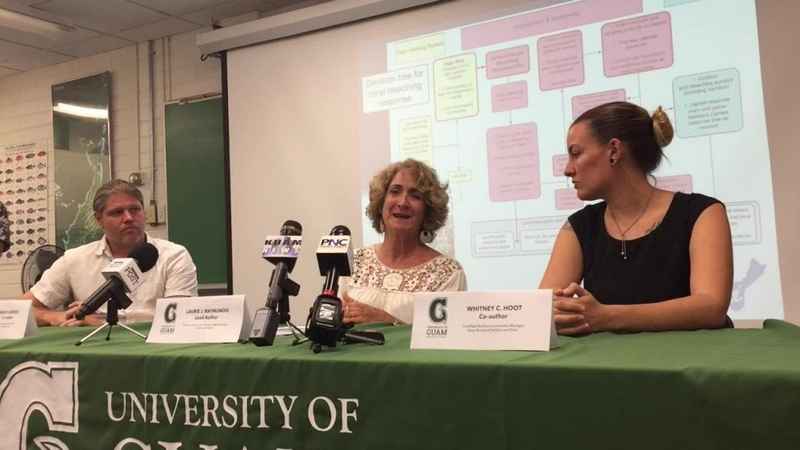A man-made underwater mountain of tyres deposited in Cocos Lagoon in Guam 50 years ago will soon be removed.
The tyre reef was constructed as a part of a project in 1969 undertaken by the Guam Environmental Protection Agency to improve marine conditions and attract fish populations. The project was discontinued in 1973 as the tyre mountain failed to attract any fish or improve marine conditions. The rubber mountain which has just been sitting there for the last 50 years will be cleared soon with the help of a federal grant received by the government.
The clean up and revoval will cost a whopping $250,000 dollars that will help scientists get rid of the 2,400 odd tyres that are present underwater.

A second tyre habitat with 350 tyres is yet to be found which will also be cleared once its located.
The EPA said that the reason behind the clearing were the high levels of polychlorinated biphenyls, or PCBs recently found in the soil on Cocos Island and fish in the lagoon. Further studies by the U.S. Coast Guard and National Oceanic and Atmospheric Administration also corroborated the initial findings regarding PCBs.
Also Read : Eureka! Scientists Discover Way To Recycle Rubber From Tyres
The NOAA study also found zinc as the third-highest element concentrated in the tissues of fish.
According to Guam EPA:
"While zinc is needed for proper cell functions, the tyre reef could be the reason why there are elevated levels in the fish in the area. Rubber tyres are typically comprised of one to two percent of zinc by weight.
Removal efforts of the tyre reef will help prevent any further damage to the natural habitat that may negatively impact the biological, economic and cultural importance of Cocos Lagoon."
The removal of tyres will require scientists to survey the area and prepare a detailed plan for the transplantation of coral colonies growing on the tyre reef.
Officials also stated:
“Removal efforts of the tyre reef will help prevent any further damage to the natural habitat that may negatively impact the biological, economic and cultural importance of Cocos Lagoon. The tyres taken from the lagoon are expected to be shredded, shipped to Asia and used as fuel for the cement industry or rubberized asphalt. Coral that has grown on the tyres will be relocated."